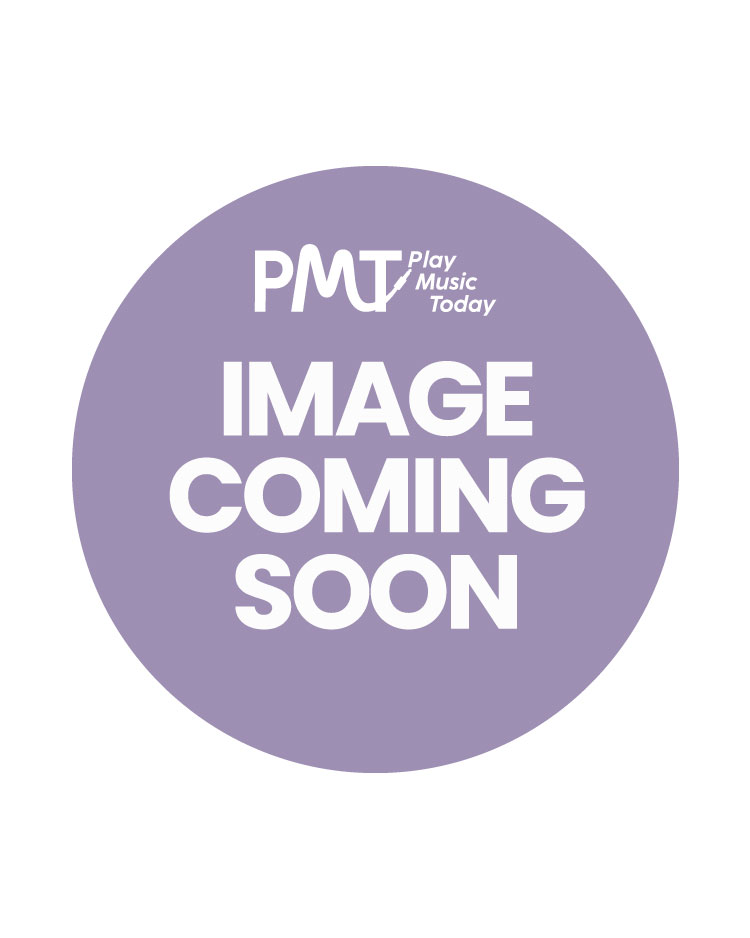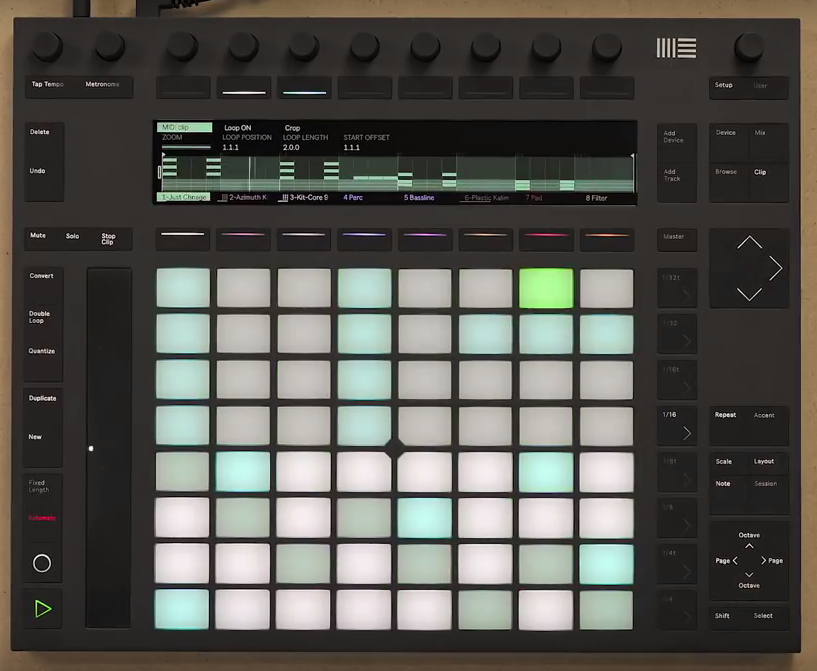

- #STEP SEQUENCER ABLETON PUSH 2 HOW TO#
- #STEP SEQUENCER ABLETON PUSH 2 DRIVERS#
- #STEP SEQUENCER ABLETON PUSH 2 UPDATE#
And of course, you still have access to things like mix levels and such-only with the Push 2, it’s even better. Its Session View control mode lets you freely trigger sounds or clips (or rows of them) without resorting to mouse clicks. Onstage: Performers who use Live will love Push, too. Even though I do play keyboards, I still think this approach is both fun and incredibly useful.
#STEP SEQUENCER ABLETON PUSH 2 HOW TO#
If you don’t know how to play conventional keyboards, or your proficiency isn’t that great, you can still be productive and creative with the Push in this mode. In short, this approach means that it’s not possible to play a wrong note (if by “wrong” you mean outside the current scale jazz purists, for one, might argue whether such a note is “wrong,” but for most of us crafting EDM, pop, rock, etc., the definition will suffice). Using the song key you’ve selected (e.g., C major, D minor, etc.), the unit maps the notes of the corresponding scale to the pads, highlighting the pads that correspond to the root note of the scale. On non-drum tracks like bass and leads, the unit pops into this mode. The melodic mode, however, remains a favorite of mine. Given the array of percussion content in Live (especially the Suite edition), there’s a lot to play with here. If you’ve not used a step sequencer to make percussion tracks before, it’s a relatively easy and fun way to lay down basic drums (or even more complex ones), especially when you’re working in electronic genres. Drum-machine mode comes up automatically when you create a drum track, and provides both a step sequencer and direct-playable pads. Two distinct “sub modes” of this would be the unit’s drum-machine and melodic modes-two things I loved about the original Push, and which are still just as compelling. Once I got used to how it works (which is not difficult), I found it to be a truly liberating way to develop musical ideas, and it’s easy to lose yourself for hours with it. Ableton’s done a terrific job of giving the Push enough functionality to enable you to focus your attention on the controller, without bouncing back and forth between controller and computer screen. Like the original Push, and as I noted above, the unit will start-up in a mode I like to refer to as its “creative mode.” It’s designed for effortless stream-of-consciousness creative capture, where you can create tracks, program drums, record clips, and generally have a great time without worrying much about structure or setup or anything else.
#STEP SEQUENCER ABLETON PUSH 2 UPDATE#
You do need to ensure that you’re running the 9.5 update (or later). Plug-in the USB cable, connect the AC adapter, turn it on, load Ableton Live, and you’re done.
#STEP SEQUENCER ABLETON PUSH 2 DRIVERS#
On my Mac, no drivers or any actual setup are even required. Set-up & Use: As was the case with the original Push, setup is dirt simple.

Whatever the reasons or basis, the overall quality of the product has markedly improved, the aesthetics have improved as well, and at least for me, the Push finally proves its worth as a solid, useful, and powerful tool for music production alongside Live. While the original Push was a collaboration between Akai and Ableton, the Push 2 is the result of bringing the project fully in-house. For starters, Ableton decided to go it alone. And both have a quartet of basic operating modes (or interface paradigms): What I call a “creative mode” (the unit’s default), drum-machine mode, melodic mode, and a mode designed to map to Live’s Session View as a remote controller.īut a lot has changed. Both are dominated by an 8×8 grid of pads surrounded by other buttons and knobs. Ableton continues to insist that the Push is an “instrument” (which it surely can be, but still seems a bit of a stretch as a product descriptor). Released at the end of 2015 alongside the 9.5 update to Live, Push 2 seems to finally realize the vision that Ableton surely had back in 2013, but didn’t quite completely attain.Ī lot has not actually changed between the two iterations. That hesitation recently vanished after tinkering with Ableton’s latest hardware offering, named logically enough, Push 2. It was cool-I just wasn’t convinced that it would bring enough value to my musical workflows. However, I never did end up opening my wallet to bring one permanently into my studio environment-something kept holding me back. While initially skeptical that the world needed another controller for Live (Ableton’s popular DAW), using the unit for a while quickly won me over.

It was back in Spring 2013 when I first had a chance to play with Ableton’s initial foray into hardware: Push.


 0 kommentar(er)
0 kommentar(er)
